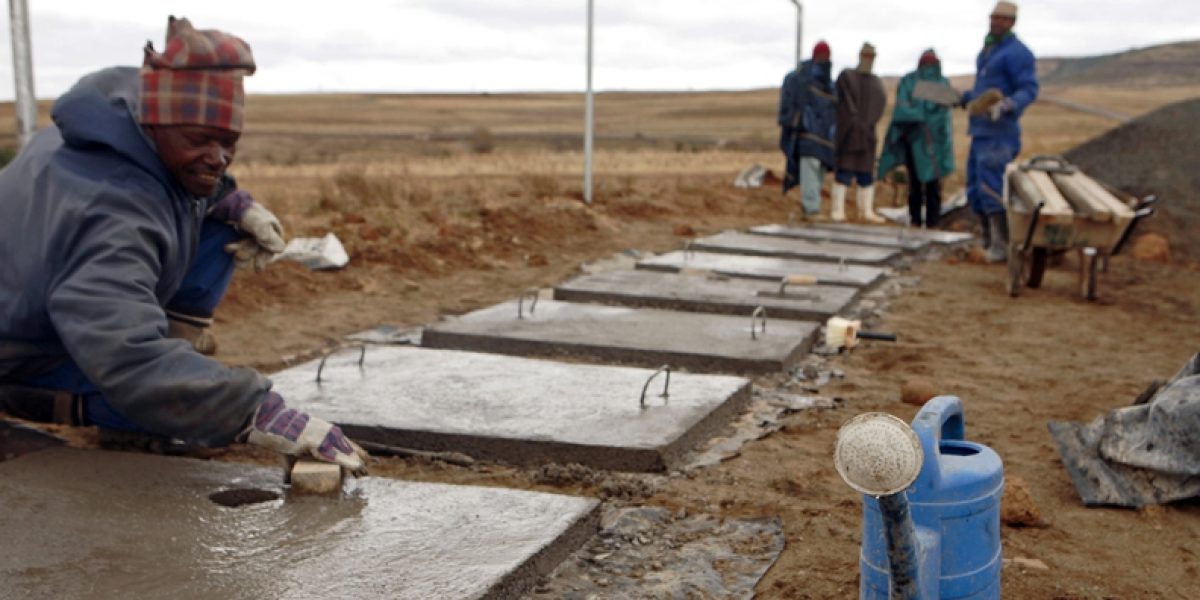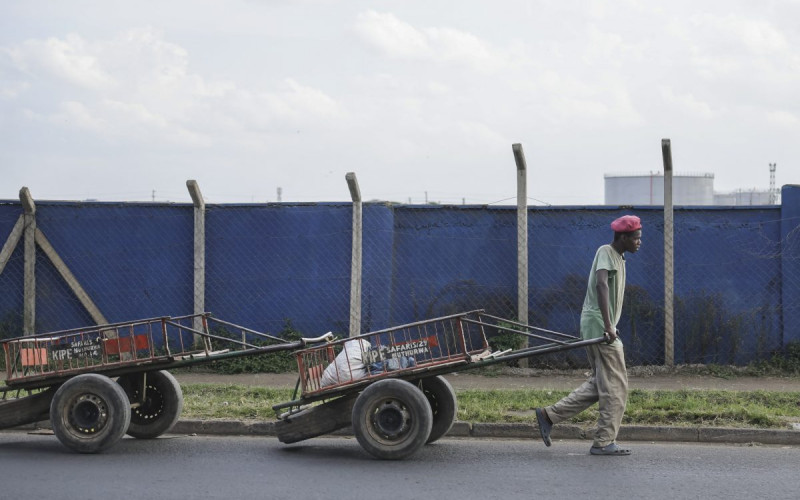The project, which the World Bank’s International Finance Corporation helped design, is a result of a public-private partnership (PPP) agreement between the Lesotho government and a South African private healthcare provider. Under the terms of the partnership the Lesotho government purchases healthcare services while the latter co-financed, built and operates the public healthcare facility and delivers clinical and non-clinical services for a period of 18 years. The health care provider is responsible for treating a stipulated number of patients per year according to an agreed formula, after which the Lesotho government will be charged additional costs for excess treatments. In order to make the project a reality, the government made up-front payments to the value of USD$ 58 million.
Unfortunately the project is not going according to plan. Contrary to advice that the operational costs of the hospital would not exceed previous budgets, the number of patients receiving treatment at the facility has continuously surpassed the agreed-upon numbers. Partly due to this, the Lesotho government’s payments to the health care provider have skyrocketed.
Relations between the two partners have deteriorated as a result, and Lesotho officials have accused the healthcare provider of overcharging for its services. Since the hospital opened its doors in 2012, the excess charges have run into millions of US dollars and by 2014 the project fees were three times higher for the Queen Mamohato Memorial Hospital than its predecessor, drawing on funds that are desperately needed for rural clinics.
However, rising implementation costs of the project are only one of many challenges facing the Lesotho government. Without proper contract management skills, technical specialists and monitoring capacity, the government finds it difficult to re-negotiate its agreement with the healthcare provider or ensure that it fulfils the terms of the PPP agreement.
The Lesotho example highlights some of the difficulties that developing countries in Africa face in accessing financing for major social infrastructure projects, which are in turn critical for the social and economic development of its poorest citizens.
{tweetme}Up to USD$ 93 billion is required annually until 2020 to fund the continent’s infrastructure gap{/tweetme}. Private financiers are reluctant to invest in poor, non-resource-rich African countries and low-income countries in Africa attract only 25% of investment flows into Africa. Access to development finance at affordable rates is therefore critical for developing countries.
Unfortunately, there is a growing gap between the need for and the availability of infrastructure financing for low-income countries. One of the reasons for this is that the African Development Fund, the concessional branch of the African Development Bank (AfDB), is both insufficiently financed and unable to ensure the efficient disbursement of funding required to meet the needs of Africa’s poorest countries. It is therefore critical that financing institutions that provide concessional funds for low income countries, like the African Development Fund, are well capitalised.
Equally important, however, is that the available funds should be dispersed in a manner that effectively addresses the development needs of Africa’s poorest.
The Fund is reliant on loan repayments that the Bank obtains from African middle-income countries and contributions from predominantly developed economies. This has meant that the influence of developed countries on the lending policies of the Fund is disproportionally high, despite not being beneficiaries themselves.
As one of the lone African voices at the Fund’s replenishment meeting (where countries will pledge new finances for the next three years) held on 28 and 29 November this year, South Africa had an opportunity to flag the concerns of low-income countries and provide important suggestions on how the Fund can improve its services and assistance. As a beneficiary country, Lesotho was invited to attend this year’s replenishment meeting, where it offered critical insights into the challenges that developing countries face when accessing infrastructure finance.
In Lesotho, the Fund is supposed to support the roll-out of infrastructure such as clean energy, water and sanitation and the building of institutional capacity such as technical resources and know-how. However, a new GEG Africa study conducted by SAIIA shows that these projects are often jeopardised by an inability to access sufficient levels of finance, as well as insufficiently skilled staff to manage complex infrastructure financing contracts. Despite the intent to create a conducive environment for private sector growth and involvement in infrastructure provision, a lack of transparency in tender processes remains an unfortunate reality in Lesotho.
To date, the AfDB’s support facility for the development of an institutional framework for PPPs remains unrealised in Lesotho. There is an acute need for the Bank’s involvement in monitoring and assessing the feasibility of PPPs, as well as advising governments on technical and legal requirements when engaging the private sector. This is important for ensuring that similar PPP projects do not fail and that the public sector is not solely responsible for all incurred costs.
The Fund itself should also step up its provision of much-needed technical assistance for larger infrastructure projects, complemented by training programmes for domestic private investors in PPPs. Red tape and funding support for the project preparation phase is another challenge that requires urgent attention to quicken the approval timeframes for infrastructure projects in beneficiary countries and to help facilitate successful implementation.
Infrastructure financing is essential for the continent’s future. South Africa and Lesotho have an opportunity this month to improve the Fund’s operations. All parties need to be included in the process, to ensure that the challenges surrounding poverty and economic growth are tackled effectively.







